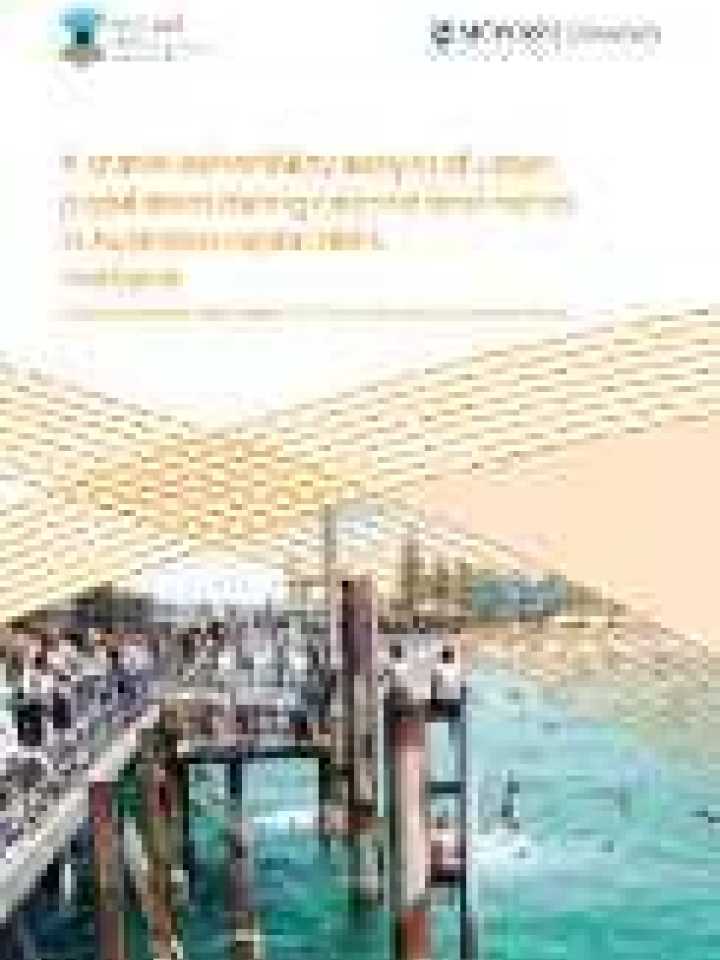A spatial vulnerability analysis of urban populations during extreme heat events in Australian capital cities
This study aims to provide an analysis of the spatial distribution of vulnerability of urban populations to extreme heat events in Australian capital cities at the present time, and to estimate future vulnerability in relation to projected climate changes.It provides a ‘tool’ to guide short-term, medium-term and longer-term heatwave adaptation policy.
The study has shown that daily maximum and minimum temperatures from the Bureau of Meteorology Forecasts can be used to calculate temperature thresholds for heat alert days. The key risk factors related to adverse health outcomes were found to be areas with intense urban heat islands, areas with higher proportions of older people, and areas with ethnic communities. Maps of spatial vulnerability have been developed to provide information to assist emergency managers, healthcare professionals, and ancillary services develop heatwave preparedness plans at a local scale that target vulnerable groups and address heat-related health risks. The numbers of days exceeding current heat thresholds are predicted to increase over the next 20 to 40 years in all Australian capital cities.
This study has the following four main components: i) a review of literature that addresses human vulnerability to heat for the Australian states and territories, as well as an overview of international literature; ii) a determination of temperature thresholds above which mortality and morbidity is observed to increase for each Australian capital city; iii) an analysis of demographic, environmental and health risks, and development of a spatial index of vulnerability to explain where people face the greatest risk from extreme heat events; iv) an estimation of future vulnerability to harm of Australian populations through use of climate modelling and knowledge of existing baseline risk.
Explore further
